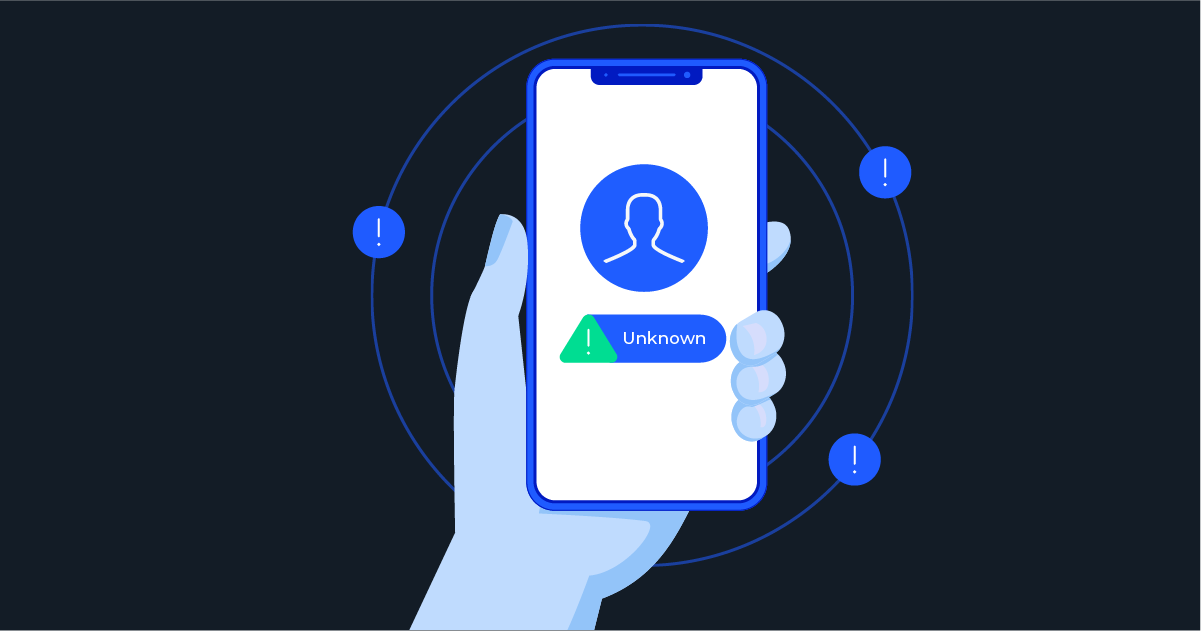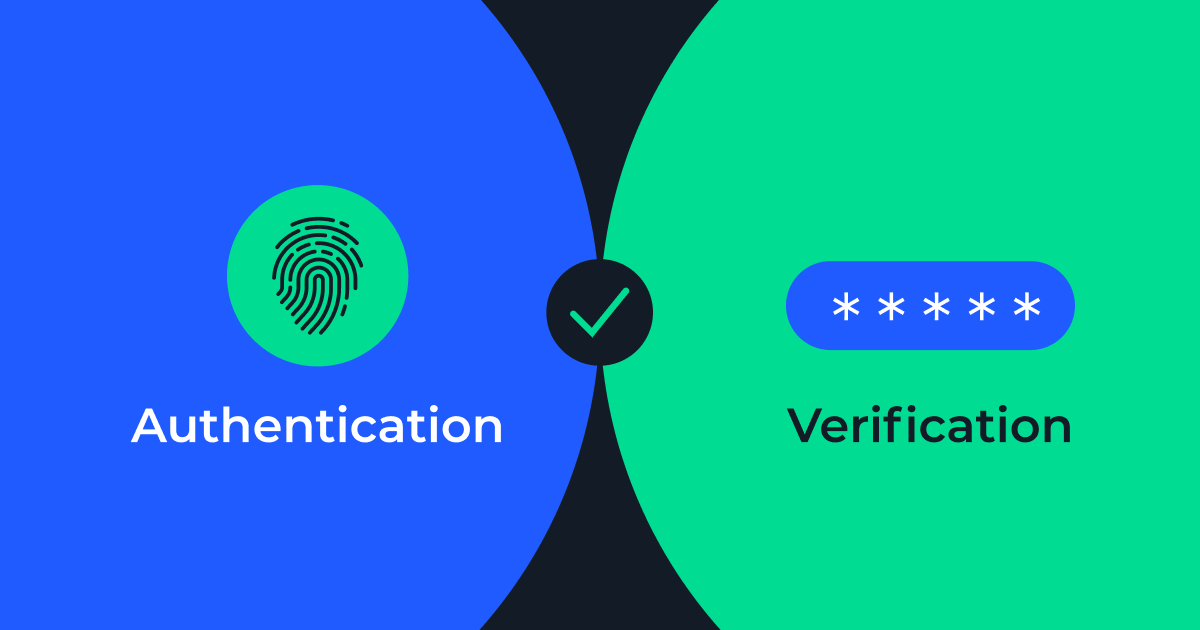
Smartphones are used globally and are capable of more than making phone calls and sending texts. As technology evolved, new communication channels, like Over-The-Top (OTT) or Rich Communication Services (RCS), came into play. And unlike SMS, they offer a richer, more interactive experience.
Should companies consider alternatives to SMS for their B2C communications? These channels create opportunities for companies to better engage their customers. However, they also present challenges when considering their adoption.
Let’s evaluate the pros and cons of traditional SMS versus emerging channels by considering several factors: use case, audience, costs, security, and ubiquity.
| PROs | CONs | |
| SMS | – Near 100% reachability, works in every phone. – Cost-effective | – Does not support media – Old technology – Lacks security features – Subject to regulation – Vulnerable to fraud |
| RCS | – Supports rich content (images, carousels, videos, buttons) – Meant to be conversational (perfect for chatbots) – Secure (encrypted, verified brand) | – Only supported by Android ecosystem – Not cost-effective for single one-way comms – Not fully adopted by end operators (not mature) – Not eligible for all audiences (requires smartphone) |
| – Perfect for conversational use case, such as customer support – Supports rich content – Secure by nature (encrypted, verified brand) – OS-agnostic | – Requires app to be installed – Different penetration from country to country – Not eligible for all audiences (requires smartphone) – Not cost-effective for single one-way comms (marketing, notifications) – Not eligible for all audiences (requires smartphone) | |
| Viber | – Flexible costs (different tiers for each use case) – Supports rich content – Secure by nature (encrypted, verified brand) – OS-agnostic | – Requires app to be installed – Very different penetration from country to country – Not eligible for all audiences (requires smartphone) |
It’s not a matter of expanding to new channels, but an exercise in answering questions that help you make the best decision.
- Do you have a single use case or several? If you only need single one-way communication, stick to SMS. In a customer support use case, WhatsApp/Viber/RCS is a good idea, hence a multi-channel approach would fit.
- Who is your audience? Look at the age distribution of your audience. SMS may be the best option if there is a low percentage of smartphone users. If your audience is composed of tech-savvy users, WhatsApp/Viber are best.
- Are there cost constraints? SMS is the most cost-effective when single, one-way communication is required. On the other hand, emerging channels often bill by conversation/session, which makes them more cost-effective when the interaction is long.
- Will users trust you when they receive messages from your brand? Security and trust are key factors when working with customers, and SMS has a long history of being vulnerable to fraud, despite the effort of many countries to implement security measures (like brand registration enforcement or use case validation). Emerging channels are secure by nature (end-to-end encrypted, brand verification).
- How can you maximize message delivery? This question has two sides: Know your channel and know your audience. To maximize delivery, SMS is the most ubiquitous channel. However, emerging channels show strong variations across countries and population segments (WhatsApp’s penetration in West Europe is over 90%, while poor in Asia, for example).
Bookmark this blog so you can reference it as you explore alternatives to SMS for B2C communications that better engage your customers.
To learn more about the above topics, talk to us today. Also check out our SE blog series for unique topics tackled by our Solutions Engineering Team.



